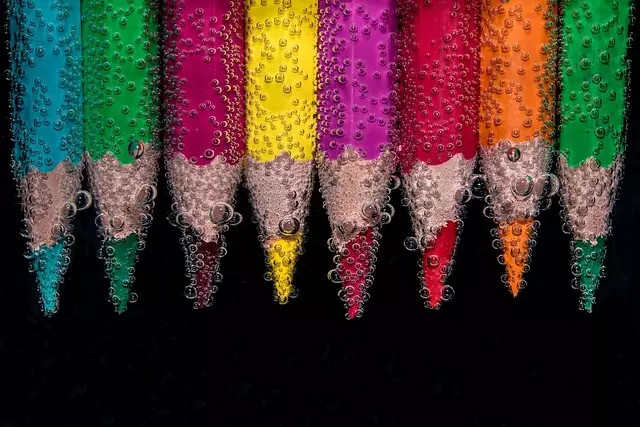Broto.eco - an innovative initiative in the fight against climate variability
In recent years, we have seen increasing threats from climate variability, with deplorable consequences for our planet. The effects of global warming are already being felt on our own skin - extreme weather events, droughts, fires and rising sea levels are just some of them. In the face of this, it is extremely important that we take action at various levels to reduce the negative impact of human activity on our environment. One innovative initiative that confronts the problem of climate variability is Broto.eco.
Broto.eco - a revolutionary educational platform
Broto.eco is an educational platform that aims to raise public awareness of climate change. Its main idea is to combine science and art to inspire lifestyle changes and actions that lead to environmental protection. Through various campaigns, online courses, events and workshops, Broto.eco seeks to reach as many people as possible and influence their attitudes and behavior towards the environment.
Broto.eco involves a wide range of scientists, artists, designers, environmentalists and other environmentalists who work together to create educational content on climate change. Their mission is to provide the best and most up-to-date information on this global issue.
A combination of science and art
Broto.eco goes beyond traditional methods of education, which are often based on statistics, reports and facts. This initiative combines science with various art forms to convey the environmental message in a more accessible and inspiring way. It uses tools such as painting, sculpture, film, photography, music, poetry and theater to reach the emotions and feelings of the audience.
Through the use of art, Broto.eco wants to reach a wide audience and inspire people to action. Art is one of the most powerful tools that can move society and change its perspective on various topics, including climate variability. By combining science and art, Broto.eco creates unique educational experiences to raise awareness and engage the public in environmental action.
Art as a tool for social change
Science is an important source of information about climate variability, but often falls short in communicating this information and inspiring action. This is where art as a tool for social change enters the scene. It works on the emotions, stimulates the imagination and makes us reflect on our actions.
Art can be a force for social change. By depicting the beauty of nature, but also showing the realities of destruction and damage resulting from human activity, art can mobilize society to take action to reduce its negative impact on the environment. Broto.eco harnesses the power of art to help raise public awareness and commitment to climate protection.
Broto.eco - creative collaboration for a changing future
One of the most important aspects of Broto.eco is the creative collaboration between different fields - science, art, design, ecology and many others. The initiative's creators believe that only through cooperation, knowledge and experience sharing can we achieve greater impact in the fight against climate variability.
Broto.eco organizes numerous events, workshops, meetings and exhibitions that bring together people from different fields and inspire joint action. Through this interdisciplinary cooperation, Broto.eco aims to create innovative solutions to protect the environment and reduce the negative impact on the climate.
Summary
Broto.eco is an initiative that attempts to confront the issue of climate variability through science and art. By combining these two fields, Broto.eco creates unique educational experiences that aim to increase public awareness and commitment to environmental protection. Through creative collaborations between scientists, artists and other professionals, Broto.eco aims to create innovative solutions to reduce the negative human impact on the climate. Here, art is a key tool that can move society and mobilize environmental action. Broto.eco is an example of an innovative initiative that demonstrates that science and art can and should work together to combat climate variability.

Add comment